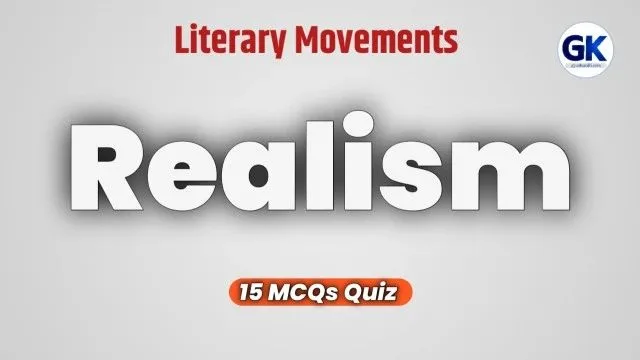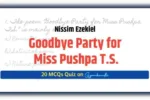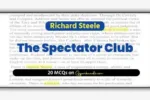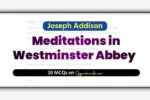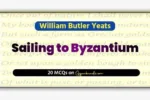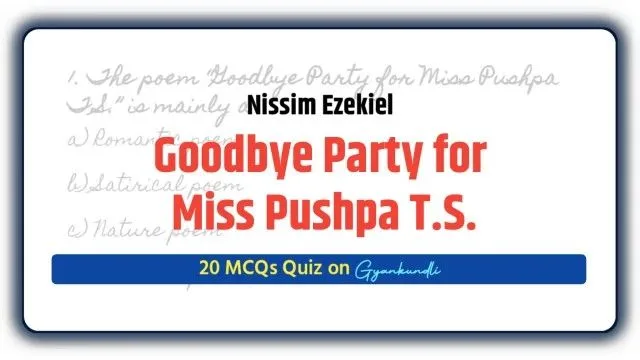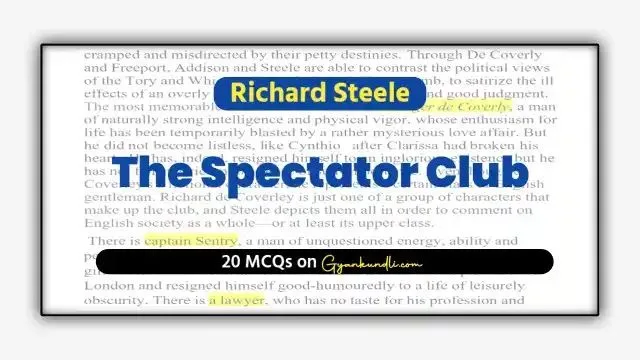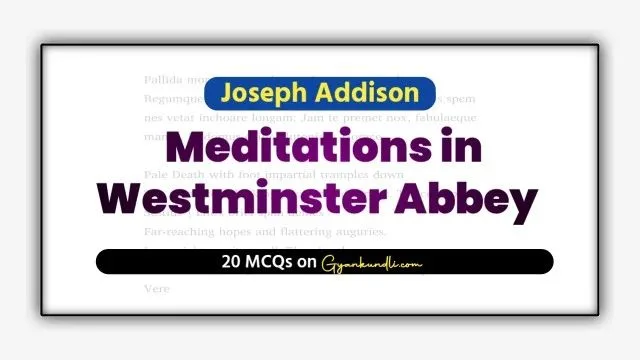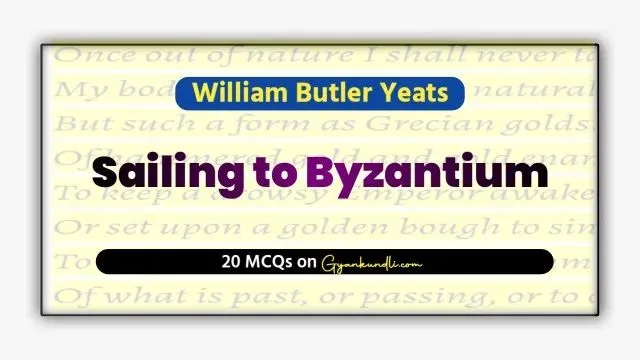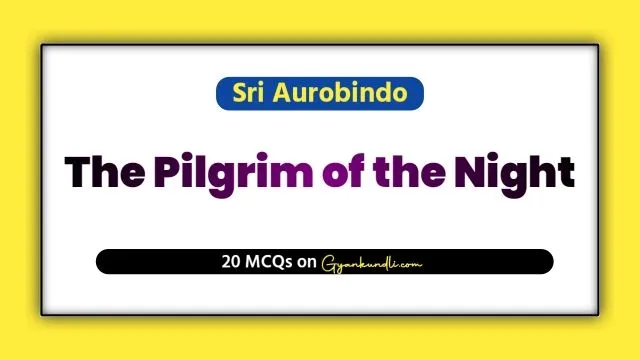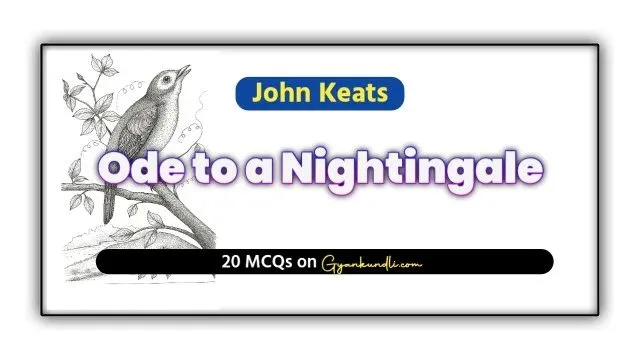Realism Quiz : Literary Realism was a major movement in 19th-century literature that began as a reaction against Romanticism. While Romanticism was full of fantasy, idealism, and emotional exaggeration, Realism focused on ordinary life. Realist writers tried to show everyday experiences as they truly were—especially the lives of common people from the middle and lower classes.
This movement started in France with writers like Honoré de Balzac and Gustave Flaubert. They described realistic characters and situations in great detail. In America, writers such as William Dean Howells, Mark Twain, and Stephen Crane used Realism to talk about middle-class life, war, and social struggles. In England, George Eliot’s Middlemarch is considered a landmark work of Realism. Writers like George Gissing and Arnold Bennett also followed this path, focusing on the lives of ordinary British citizens.
Realism avoided dramatic stories and poetic language. Instead, it focused on simple settings, local dialects, social problems, and believable human emotions. It also gave importance to labour, internal motivations, and how society shapes people’s lives.
There are several types of Realism, such as Social Realism (about working-class struggles), Psychological Realism (about inner thoughts), and even Magical Realism (where magical events are shown as part of everyday life).
Though the movement declined in the mid-20th century, its influence remains strong. Most modern fiction still uses Realist techniques to create relatable characters and lifelike situations. Realism helped literature become more honest and closer to common people’s real-life experiences.
Realism Quiz
Previous Quiz : Symbolism Quiz : 15 MCQs
Discover more from Gyankundli
Subscribe to get the latest posts sent to your email.
